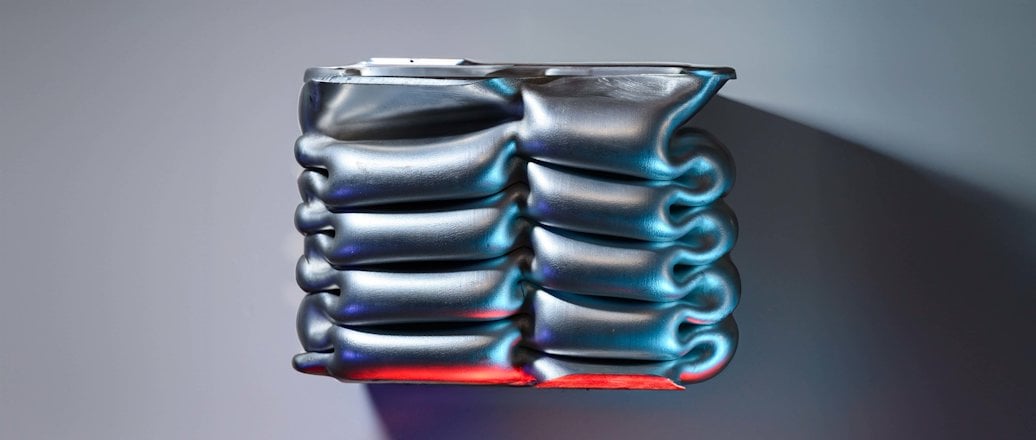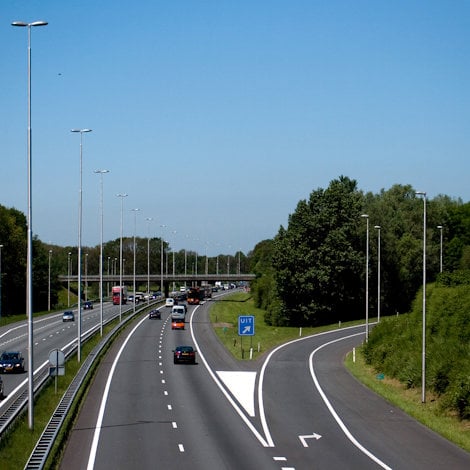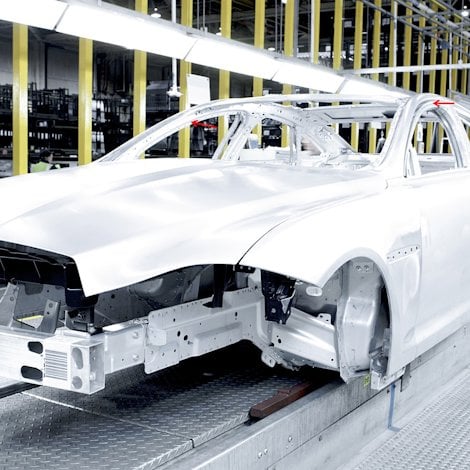Energy absorption in aluminium explained
Design and material are key elements in determining the crashworthiness of a vehicle. When designing crash management systems, two aspects stand out.
The first aspect is ensuring that the vehicle’s front and rear sections crush or collapse upon impact, because their main function is to provide maximum absorption of the kinetic energy in the crash. The second is that the passenger compartment maintains its structural integrity. It is therefore important to understand the ability of different materials to absorb energy in a car crash.
Aluminium offers excellent energy absorption. But in a similar geometric design, what is the energy absorption of aluminium compared to high-strength steel?
Provided of course that the piece does not crack, the energy absorption depends on the flow stress and the folding pattern. Given the same geometry and the same folding pattern, the energy absorption would be greater with a high-strength steel crash box/crush can. That is not necessarily interesting, however.
More often than not, and particularly in the front of a car, one would want to maximize the energy absorption by weight.
Aluminium is one-third as dense as steel, which means you can have three times the thickness before you have the same weight as steel. Flipping this the other way, steel has three times the density of aluminium, which means it would have to be one-third as thick as the aluminium component to compete on weight. That in turn would require three times the flow stress.
In other words, an aluminium crash box with flow stress of, say, 280 MPa, would bring us up to 840 MPa for the steel can.
This is still not extreme in any way, but here comes the catch: The aluminium is thicker and will therefore not fold in the same way. If it did, then it would engage much more of its volume in plastic flow, so the comparison would still not be valid. Moreover, it would not be a reasonable approach to make these two boxes similar since an aluminium box could be extruded, for example. By adding a middle wall, for instance, the material would be forced to fold in a much more complex way, and therefore absorb even more energy – by weight. So, please don’t forget, changing from one material to another normally requires redesigning the component.
Here is a better question: How much would an optimized aluminium-based crash management system weigh, in order to absorb the energy of a certain car at a certain speed, to be compared with a steel system?
One answer might be with the insurance companies, who would normally ask how fast you can drive and hit a pole without having permanent deformation of your car? Because they would have to pay for the repair, right?
Let’s take this from the top. Aluminium is three times as light as steel. Flow stress of 280 MPa would bring us to 840 MPa for the steel, as you recall, in terms of stress before permanent deformation takes place (at the same weight). This is not equal to the energy absorbed, however.
Since the stiffness of aluminium – the Young’s modulus – is also one-third of that of steel, the elastic deflection is three times as big. Now, because energy equals force times distance (= deflection), we would have to kick up the steel by another factor three to compensate for that, thereby changing the equation to 3 x 840 MPa = 2520 MPa.
I don’t think that kind of steel is readily available. Not yet anyway. And remember, for that crush can to start folding, buckling needs to be initiated, and that happens less readily with a thicker sheet than with a thinner one.
After that comes the plastic deformation of the can, and this is when the car starts to suffer permanent damage. These need to be simulated using computer software, or tested physically, but in general terms one can assume that an aluminium crash management system is roughly 30-to-60 percent lighter than a corresponding system constructed from traditional steel, according to the European Aluminium Association’s automotive manual. Crash boxes are probably 40-to-60 lighter, according to similar sources.
In reality, how this translates to modern high-strength steels, is a less than obvious question. As I said, buckling can be a challenge when materials grow thin.
So to conclude, the energy absorption during folding is proportional to an exponent of the thickness. If you choose high-strength steel, then you need to make the component thin, so that it is not heavy when compared to aluminium. And if you do that, then you lose energy absorption exponentially.
This article was first published June 6, 2020.




